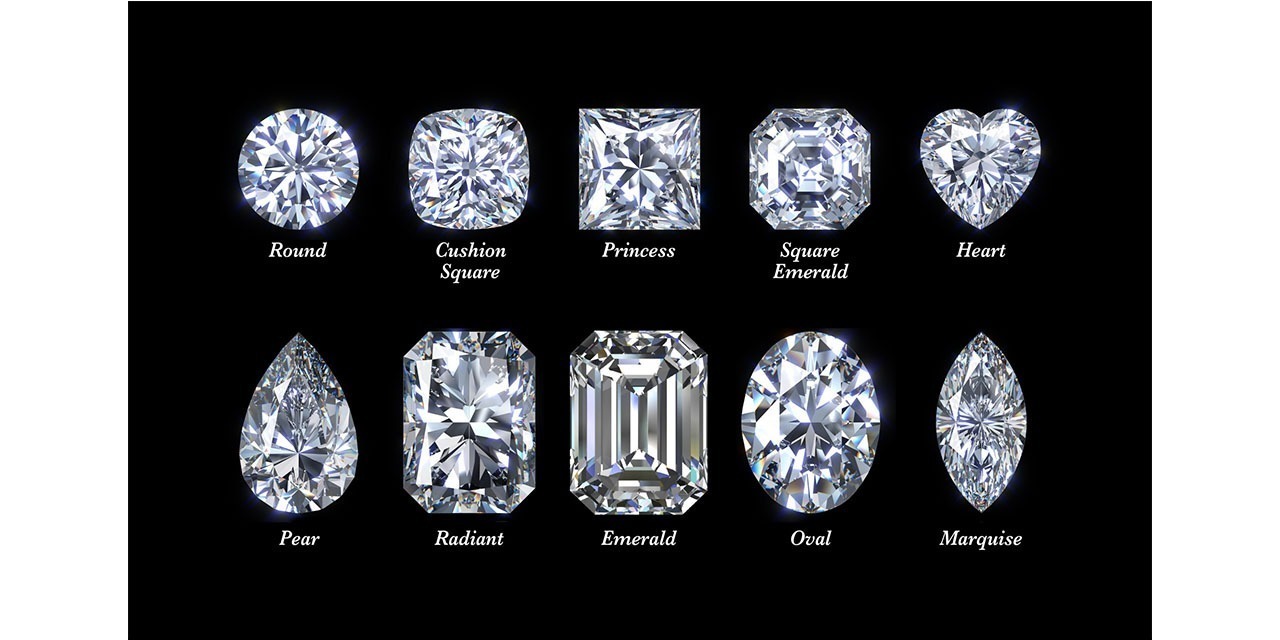CHAMWE KAIRA
Lab diamonds are the biggest threat facing the Namibian diamond industry, Namib Desert Diamonds (Namdia)’s Lelly Usiku, Executive: Market Development, Sales and Brand has disclosed.
Usiku said lab diamonds or synthetic diamonds cost about 60 to 80 less than natural diamonds like the ones produced by Namibia.
She noted that synthetic diamonds are growing in popularity in China, which is the biggest retail market in the world after the United States.
The other factors threatening the industry are the Russia-Ukraine Crisis, which is affecting the production at Russian producer, Alrosa.
The other factors threatening the stability of the industry according to Usiku are poor performance of the US economy with high inflation and interest rates.
De Beers chief financial officer Sarah Kuijlaars told Rapaport News this week that retail prices of lab-grown diamonds are falling more slowly than wholesale prices and are often unsustainably high.
The executive’s comments come after De Beers’ synthetics brand, Lightbox, launched a trial of engagement rings with the purported aim of offering accessible prices.
“It’s very good to see that the wholesale price is really coming down — halving and halving and halving again,” Kuijlaars said.
She reiterated Lightbox’s explanation that its entry into the bridal sector was a response to retailers pushing consumers toward man-made stones with misleading information.
In many cases, shoppers have the intent of buying the natural, but they’re being persuaded in-store to go to lab-grown, she said. “They maybe haven’t thought through about the different price structures between lab-grown and natural, and obviously the retailer gets a very healthy margin if he or she converts that consumer in-store.”
The small-scale pilot in two or three US cities, is also a way to understand consumer preferences, Kuijlaars said.
“It’s really exploring that consumer behavior so we understand can pivot as required. We know there are retailers out there that maybe are not selling at a sustainable price to consumers.”
Lightbox’s aim is to ensure consumers who do want to buy lab-grown understand the cost makeup and the sustainability credentials of the product, she said.
Lightbox itself had a robust first half of the year, the executive continued. Based on this, the company’s revenue from everything other than rough diamonds rose around 12% year on year to approximately US$330 million for the first six months of 2023.




